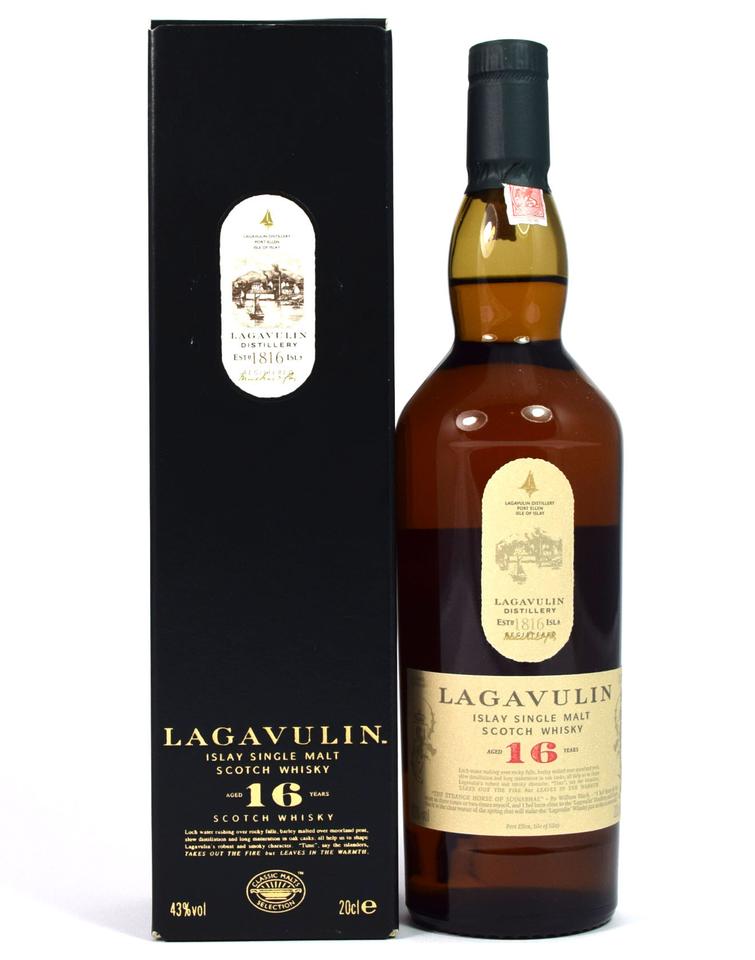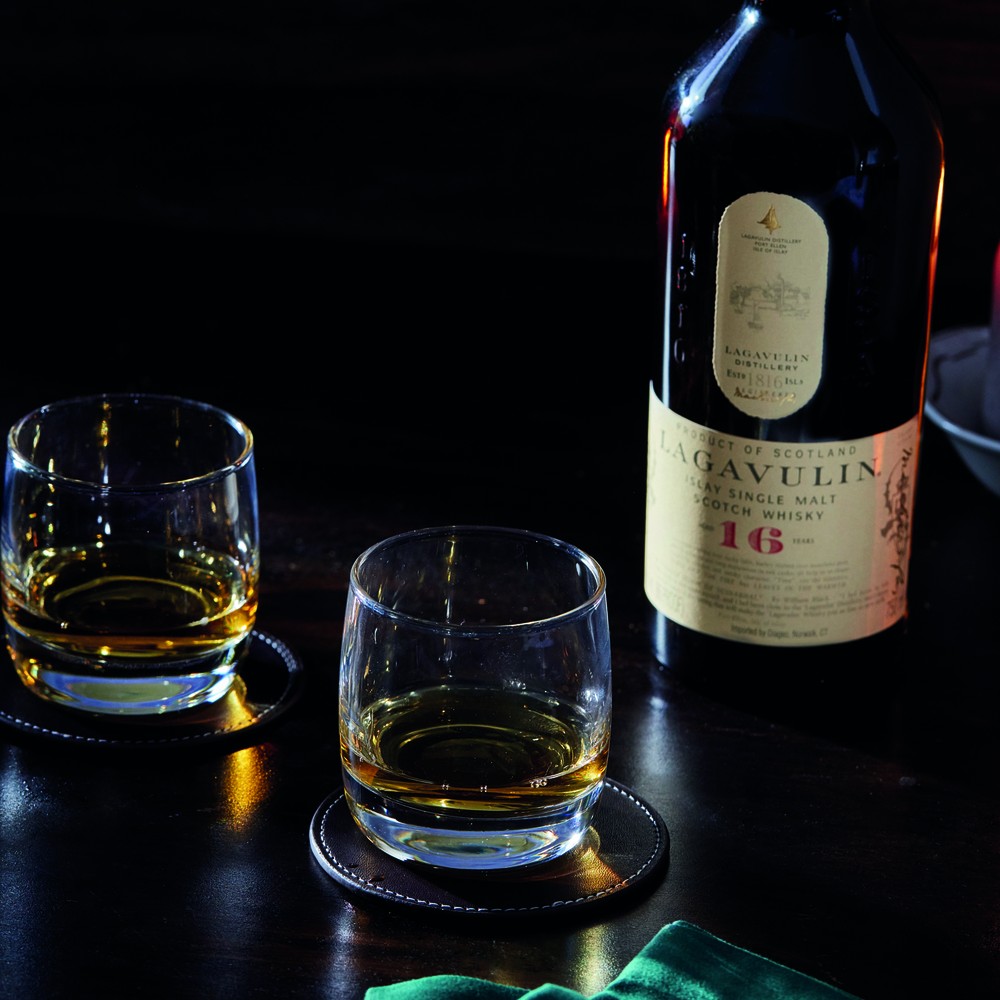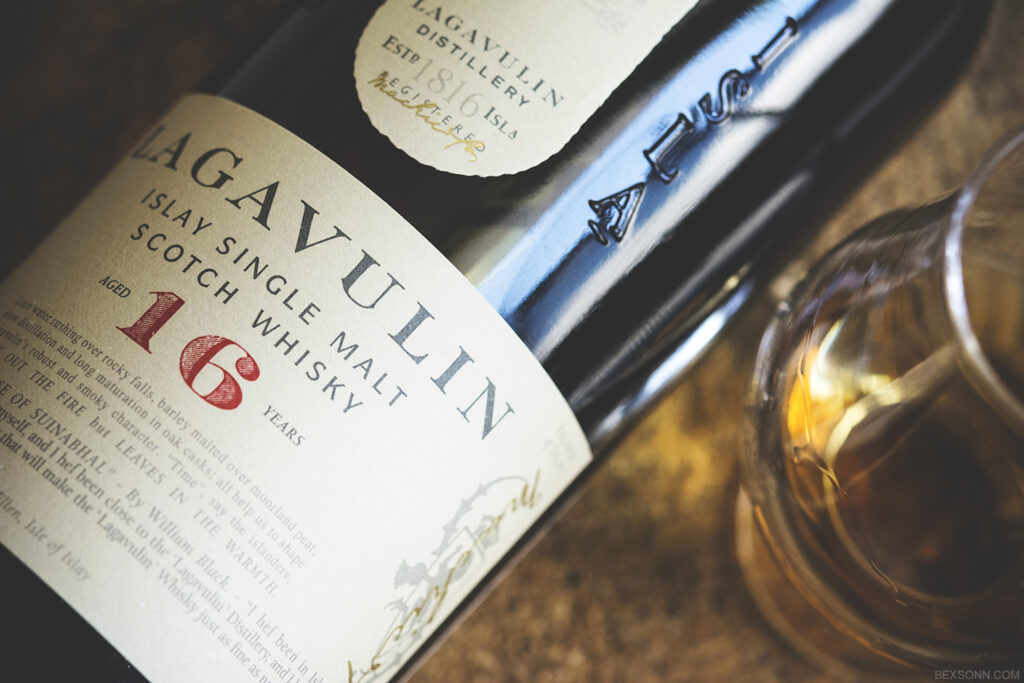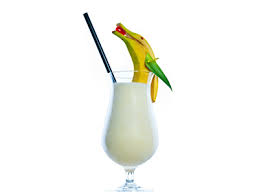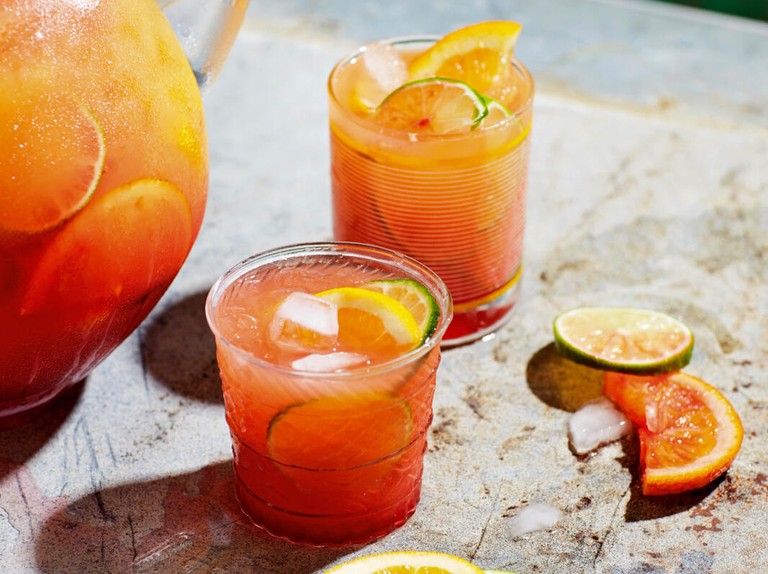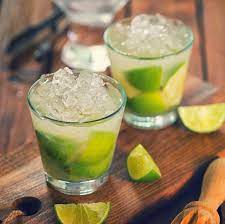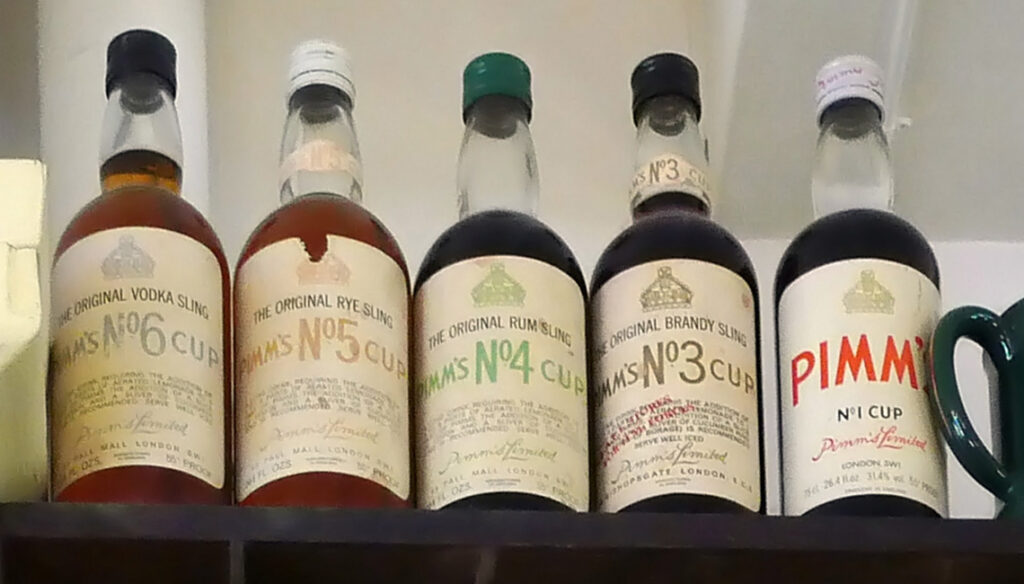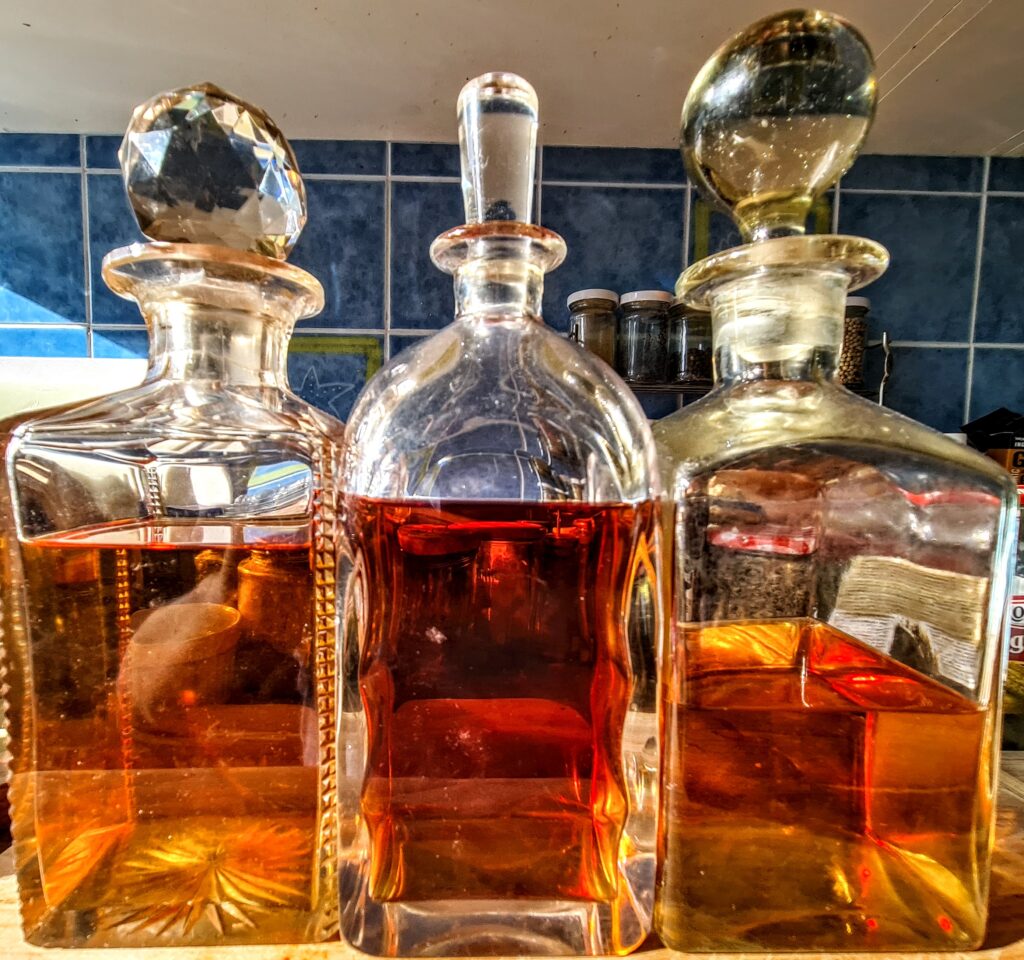The cottage was just outside Braemar, self-styled capital of the Scottish Highlands. Up the road was Balmoral. This was whisky territory. Every night we settled down to game after game of Backgammon. Dinner eaten, wine drunk, the wood burner was stoked with the logs we had cut that day and the board was set out.
“Have you ever tried this?” our companion asked. She held a bottle in her hand that looked like it belonged in the C18th – dark green with a cork stopper, writing inlaid on the glass and a discreet label with something unpronounceable written on it. The label promised that the contents had been bottled when I was underage for drinking, but now I could introduce myself legally. That first acquaintance with Lagavulin (pronounced Lager-voolin) started a life long, expensive-to-maintain relationship that is still, a quarter of a century later, thriving. In fact, this year is our silver anniversary. We’ll have to raise a glass.
Lagavulin is the Queen of Islay whiskies. Of the four Scotch whisky styles, Islay is the peatiest, most iodine-soaked, salty version. It is too strong for many and if too harsh, can catch the back of your throat. But this 16 year old is smooth and knows what she’s doing. Sublimely smokey, rich, quite sweet – it is a joy to introduce others to her because when they take a hesitant sip, their faces light up on first contact. Another convert. As the whisky priest introducing Lagavulin to a new convert, there is a Damascene quality to the encounter – it makes me feel like a Jesuit priest saving a soul. With missionary zeal, I have made it my business to convert as many as possible to this Holy Water, but I am still selective. If you receive a bottle from me, you are a true friend – every instinct in me cries to keep the bottle for myself. As it gets more expensive, this instinct increases. In the time we have been together, Lagavulin 16 year old has quadrupled in price. As I say, she is an expensive habit to run.
Which is why I cannot be entirely faithful to my favourite spirit. I have other friends from the optic shelf – some because there are other drinking occasions than log fires in winter bothies and others because there are times when it is good to mix it up a little. That said, I do not stray too far. Oh, I enjoy the odd daiquiri and a Yellow Bird is wonderful to have under a swaying palm tree. But usually, my dalliances with the spirit world are confined to a very few, well chosen friends.
Summer used to be Pimms – very English. Years ago, Pimms came in different guises but now the family has only one surviving member. It’s the grand dame of drinks when the sun is out and notoriously innocuous with a kick like a mule the following day. My preferred tipple for long summer evenings now is Campari and orange juice over ice, which always feels very South of France. I rediscovered Campari in Nice in 2010 – hence the association, in spite of the brand’s Italian origins . It is also one of the ingredients in a Negroni, with another favourite – gin. Campari and orange juice on our balcony as the sun sets is a bit of a ritual and during the non-travelling Groundhog Day of lockdown has been a reminder of happier times and an escape from the tedium. It transports us all over the world to places where we have enjoyed the distinctive taste and felt the sun on our faces: Cadiz, Tarifa, Marseille, Athens and Prague have all been backdrops to a sunset in a glass.

Campari and fresh orange juice 
White rum and Fanta Limon 
Negroni 
Aperol Spritz a la Morzine saison du ski 2014
Then there is gin. An intimate friend of mine for longer than any other spirit – whether in the ultimate cocktail form of a Dry gin Martini treated with care in the New York Plaza Hotel or as a quenching gin and tonic downed rather too quickly in the sumptuous Berners Street Tavern in Fitzrovia. There are so many gins now. Gin goes in and out of fashion and at the moment it is definitely in. Some are gimmicky – served with kumquats or dragon fruit and many are awful, (don’t touch Brighton gin) but the stalwarts deliver faithfully. For my parent’s generation, there was really only one gin: Gordon’s in the green bottle. But when the ABV was reduced from 40% proof to 37.5%, they killed the goose that laid the golden egg and faithful drinkers deserted in droves.
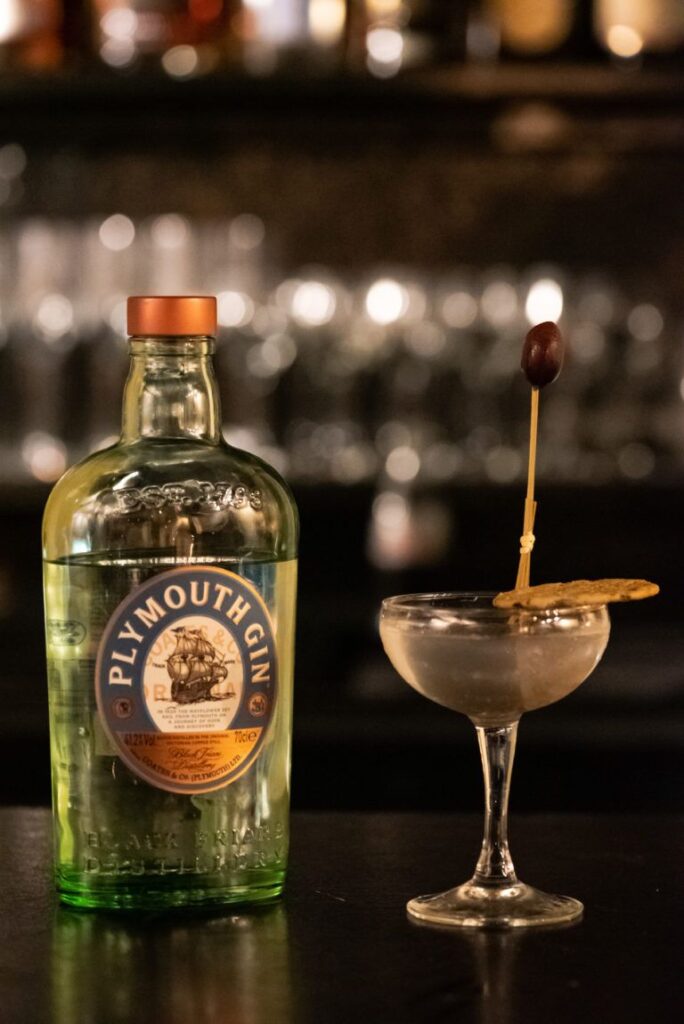
Pricey 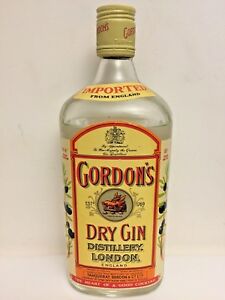
Pretty 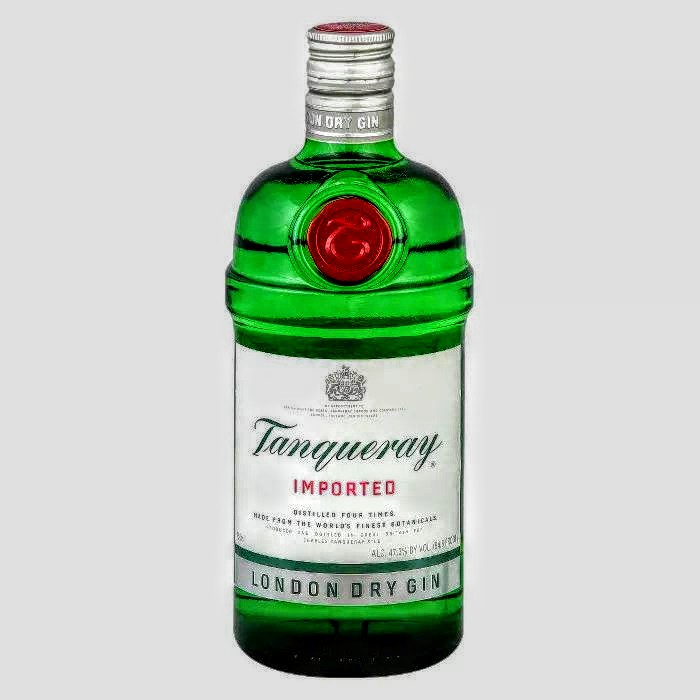
Potent 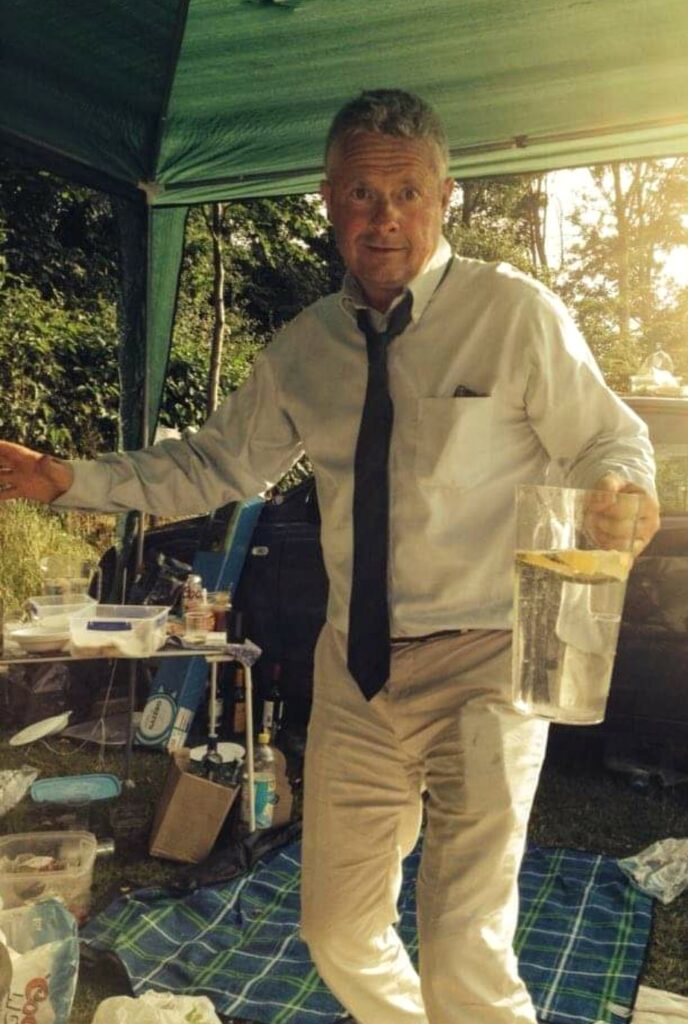
Pissed
Of all the gins, my preference is for Plymouth – a brand rescued from oblivion by John Murphy the founder of Interbrand. The distillery is well worth a visit. Tanqueray Export is my chosen gin from the usual array of house gins abroad and London Dry looks beautiful on a silver tray as it glides towards you on a sun drenched terrace in foreign climes. Portobello Road gin is a newcomer and packs a taste punch.
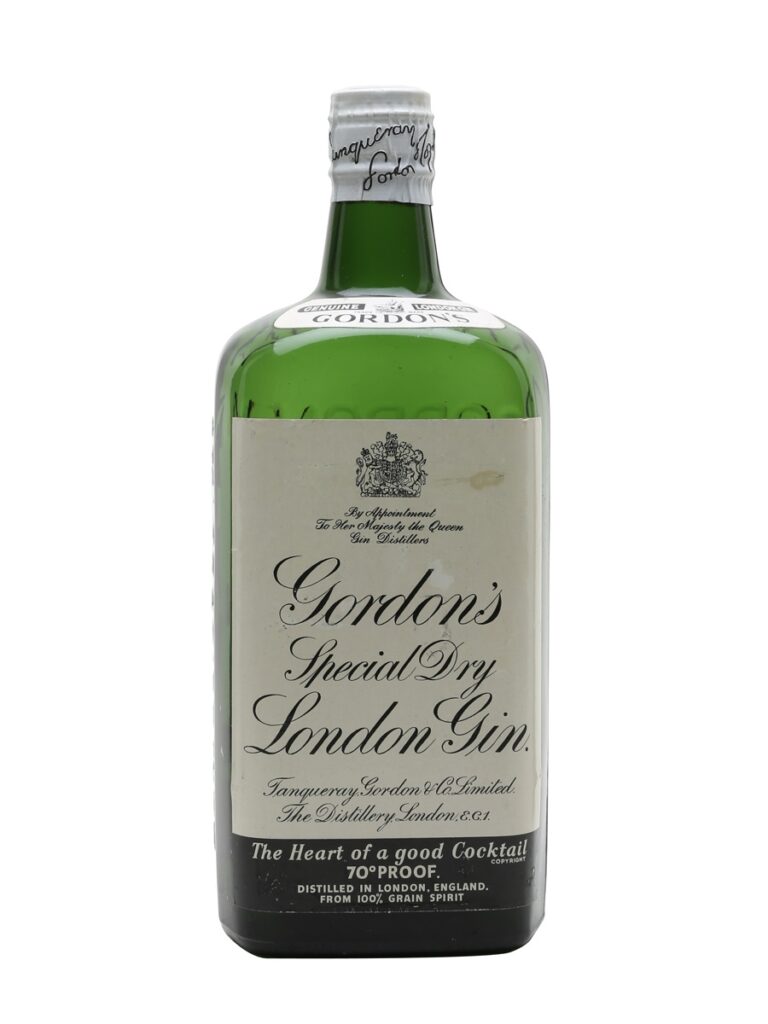
Old school 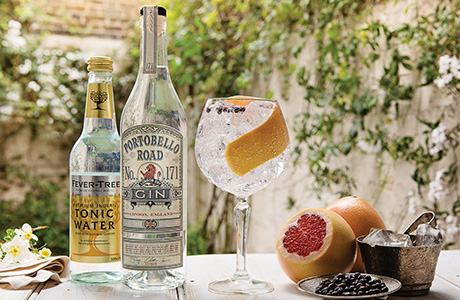
Modern history
When we have friends or family over, I always offer an apéritif before dinner and something strong afterwards. For those who want it, there is Cognac or Armagnac but I prefer whisky to round everything off. My prized Lagavulin is kept in the bottle – it is so pretty. But my alternative whiskies are decanted. The two regulars are Chivas Regal, the only blended whisky I like and a hang over from the advertising campaign which struck such a chord with me from David Ogilvy’s book Ogilvy on advertising, and Breuchladdich’s The Laddie. This is a modern distillery and every year the flavour of the Laddie is different. Common to all the vintages is the strong tang of salt, which I particularly like. It was introduced to me by a young bar man at the Hotel du Vin in York after a Caffeine board meeting late one night. He enthused about it, having just returned from a course in the Highlands and won over the three of us in the bar with his fervour. We were easily persuaded.
Serguei, who is my good friend from Moscow, is a lover of whisky (and red wine – they often go hand in hand). He is a fan of P.G. Wodehouse and an Anglophile and he and Lisa visit the UK as regularly as they can. They have taught me that the usual lightly phrased “would you like something to drink?” offered pre or post dinner at our home needs to be more direct and forceful for Russians. Spoken as a gentle enquiry, it can be misinterpreted as a genuine question rather than as an invitation where the only real answer is “yes, I’d love to”. Often, I have to say that I am having one and I would love Serguei to join me. Only then is my meaning clear: I have something good that you will enjoy and you’re not getting out of here until you have tried it. The Lagavulin flows as does the conversation – always on topics you are never supposed to discuss in polite society. We are not in polite society. So anything goes. Surely that’s the point of an anti-inhibitor like whisky? To lower the barriers and widen the conversational scope. If it is, it works. At any rate, they keep coming back for more. And when we visit Russia, we go armed with a bottle for them and for another fan, Lena, who we also introduced to this particular brand of eau de vie.
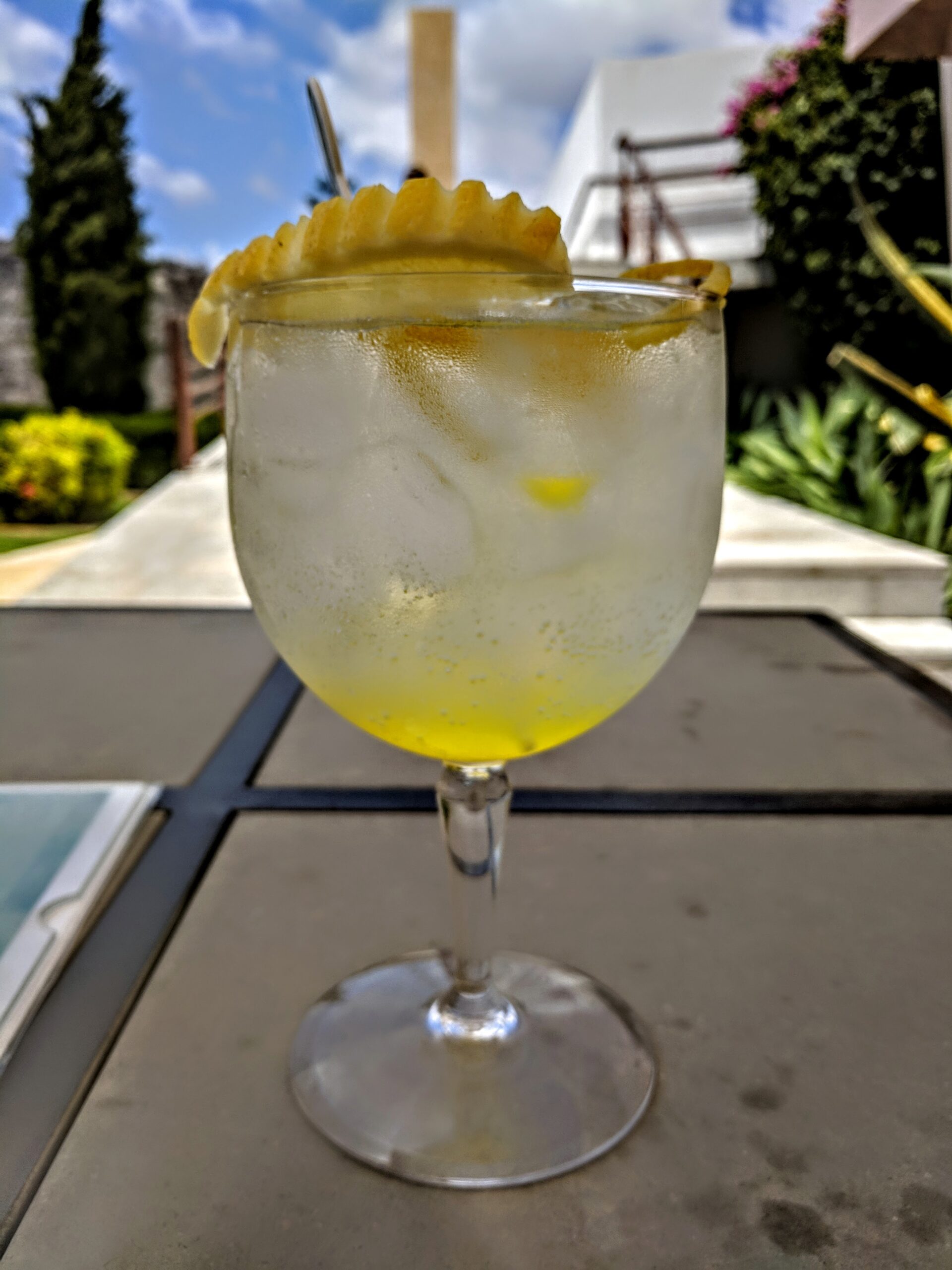
Portuguese measures – G&T in Tavira 2018 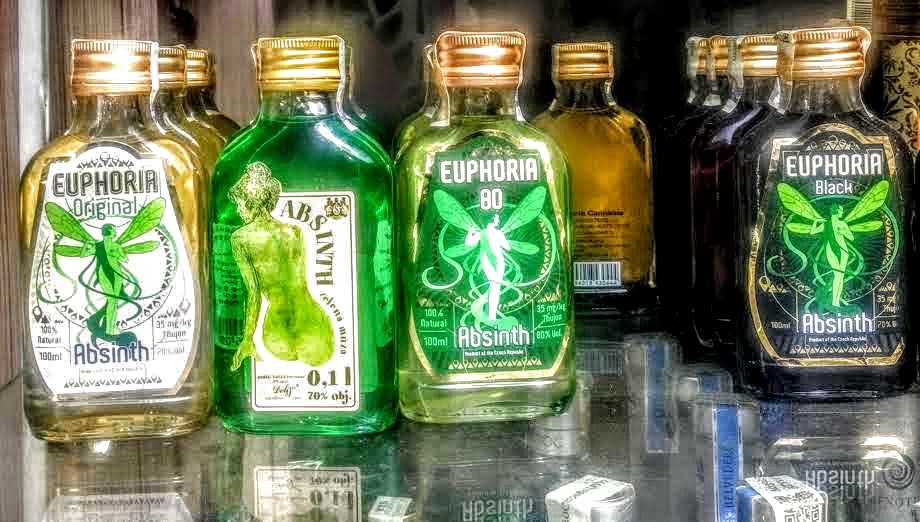
The Green Fairy – Prague 2019
A drink in hand is when life looks up. As a lubricant of friendship alcohol creates a loving bond – I am better disposed to the world when there’s something good in a glass nearby. For Brits, so often born a drink short and in need of Dutch courage to socialise, it helps us engage with our fellow man and behave like normal human beings. This has been a love letter to my signature, go-to hard liquors. Where I turn for serious drinking. If you turn up at a friend’s place in Russia with a bottle of vodka in hand, it signals “I need to talk” and is a universally understood code. In their tradition, drinking culture means that when you raise a glass, you make a toast – but not an English toast, like “cheers” or “bottoms up”. No. A Russian toast is a speech. To an occasion. Or to honoured guests. Or to the hosts. Or to family, or friendship. Brits get caught out and hold their glass aloft in full expectation of a two word toast and then to drink. It doesn’t work like that here. Here, it’s best to keep your glass on the table or lowered until the toast is made – otherwise you get a stiff arm and you look like an alcoholic, desperate to get the glass to your lips. Drinking culture differs the world over, but the drinks I love travel the world and grace our glasses everywhere. So I raise my own glass and toast to the times we have on Earth with friends and good conversation and sharing troubles and hopes, to laughing and crying, to flirting and arguing, to all the experience of life that being an adult brings, and to the liquids that sharpen and dull the tongue but always fill it with flavour and the zest for living and remind us we are human. Especially my own favourite bottles of brilliance. За здоровье! (za-zdaróvye or your health).

